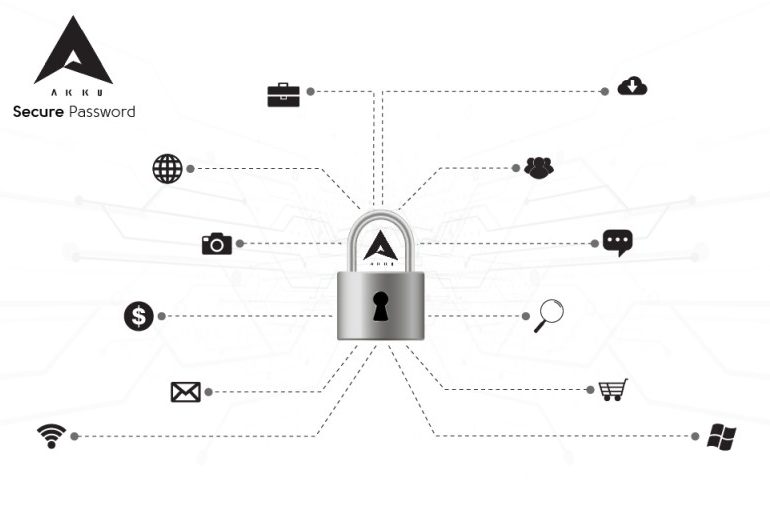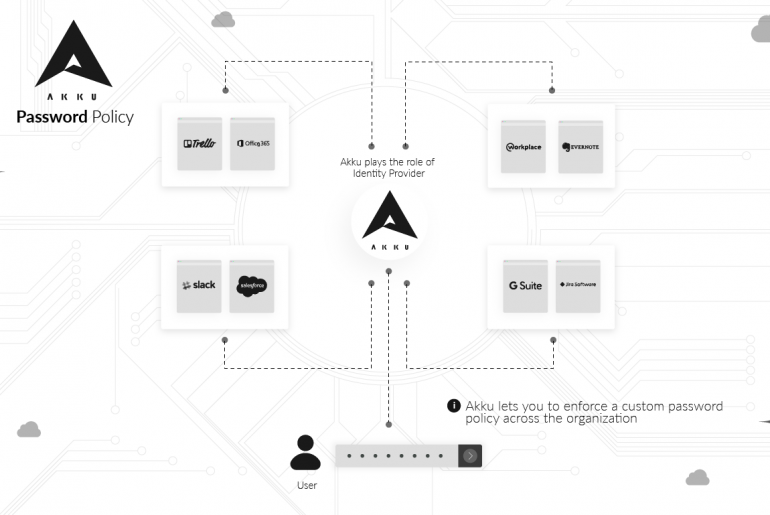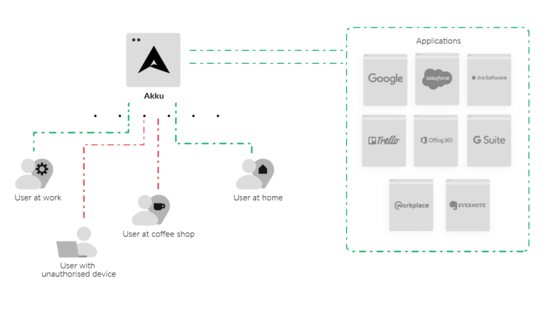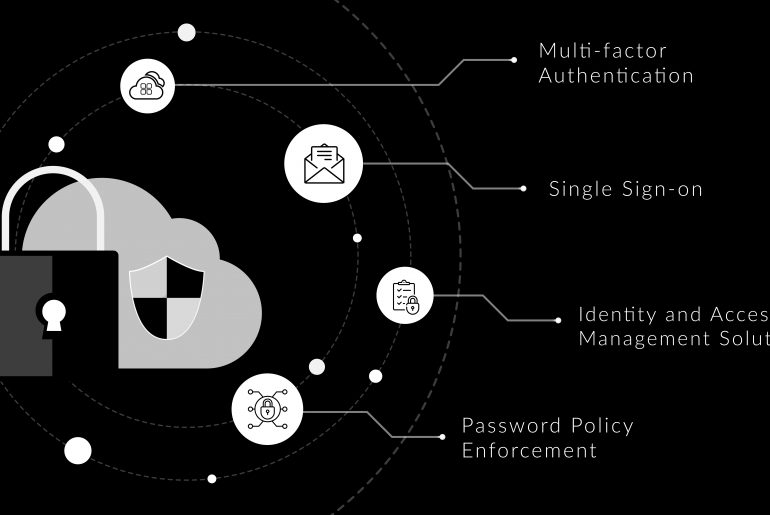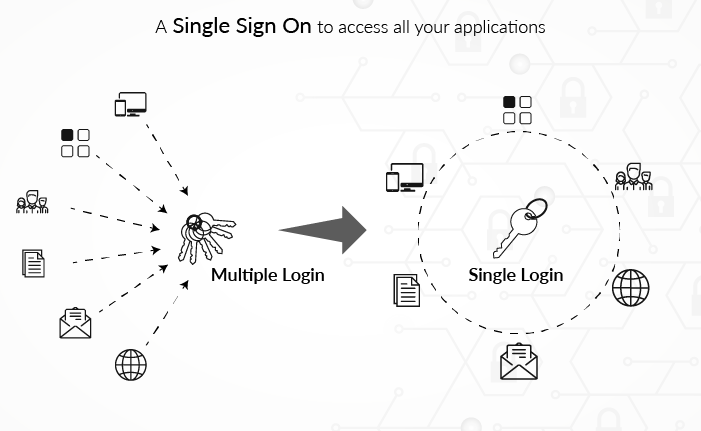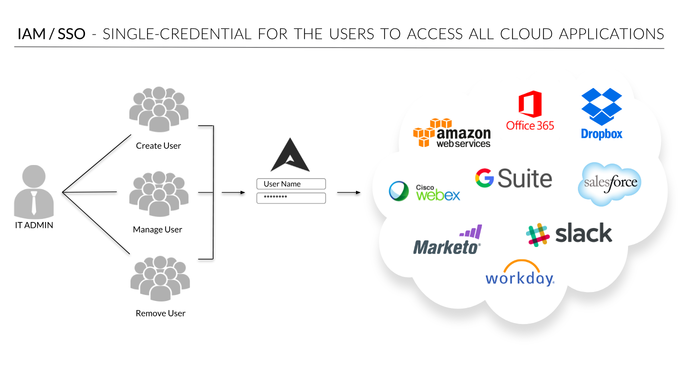The European Union enforced the General Data Protection Regulation (GDPR) in May 2018 with three main aims: to harmonize data privacy laws across Europe, to protect and empower the data privacy of all EU citizens and to reshape the way organizations across the region approach data privacy. As you can see “data privacy” is the keyword in all three of the above mentioned aims. With multiple data breaches coming to light in the recent years, even from several of the world’s biggest corporates, the European Union has enforced stringent measures to regulate the use and prevent the misuse of citizens’ data through the GDPR.
An array of information being stored online comes with major security risks. Therefore safeguarding data is an important consideration at any organization. And the security of your data relies heavily on the strength of your users’ passwords. The stronger your passwords, the more secure your data! It is important for administrators to drive a strong password policy enforcement, as it is the first layer of defence against black hat hackers and scammers.
A password policy is a set of rules created to upgrade an application’s security by requiring its users to frame a strong password and to utilize it in an appropriate way.
Allowing your users to access your official data from anywhere and at any time sounds like a great idea! They can complete their work even when they are on the move by accessing your company’s cloud-based applications. So, why should we restrict access when it has all these pros?
Cloud technology has broken several operational barriers to make remote data access easy. It allows you to scale your business with minimal cost while securely holding business-critical data and applications. But with all these advantages comes a catch – managing personnel access for all the applications and files in your network has become increasingly cumbersome.
Logging on to different applications using different user credentials every single time is frustrating, isn’t it? The use of a Single Sign On (SSO) application makes it easy to access all your applications with just a single set of login credentials. The SSO acts as the identity provider – a common platform to handle user identity and access across all your applications – and also provides authentication, authorization and access control.
Identity and Access Management (or IAM) solutions – also known as Identity Management (IdM) solutions – form a critical component of an enterprise’s IT security. And when used with cloud-based applications, they form part of a powerful cloud security set up too.

